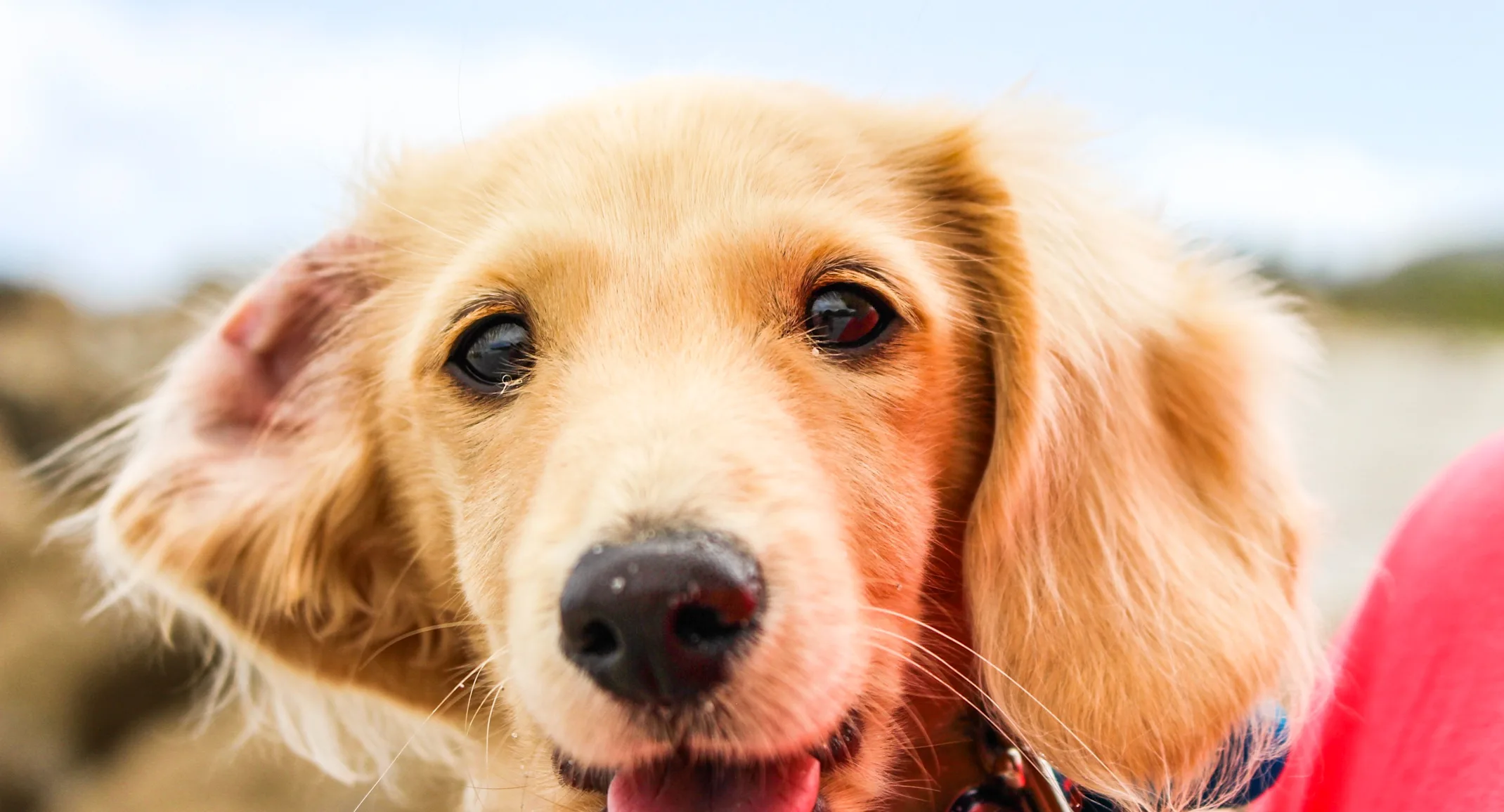Knee Surgery for Dogs
General

What Causes the Injury?
The cranial cruciate ligament in dogs is similar to the anterior cruciate ligament in humans. The word cruciate stems from the fact that two ligaments cross over each other in the middle of the knee. These are the caudal cruciate and cranial cruciate ligaments. Cruciate injury or rupture can happen as a full tear or partial tear.
An acute injury can happen during vigorous or strenuous activity, especially if your dog only engages in occasional vigorous activity. Unlike humans, however, dogs can suffer chronic cruciate injury from daily wear and tear on the knee joints. This is because of the angle of the knees of dogs.
When there is a tear or injury to CCL or cranial cruciate ligament, the shin bone slides forward. Dogs that suffer this type of injury experience a lot of pain due to swelling inside the joint, and cannot walk normally. This instability subsequently damages the surrounding bones and cartilage, which can lead to osteoarthritis.
Repair Options for Torn CCL
Surgical stabilization of the dog’s knee joint is one of the most appropriate treatment options for a torn CCL. Most veterinarians recommend surgery as soon as possible to minimize the risk of irreversible or permanent joint damage and relieve pain. With a partial tear, early intervention with surgery will allow the ligament to heal in most cases. This will result in the least amount of osteoarthritis following surgery.
Veterinarians use different surgical techniques to correct CCL rupture or injury. Each surgical procedure comes with its benefits and potential risks. Therefore, it is essential to work with a skilled and experienced veterinarian. He will guide you through the decision-making process and recommend the best surgical option for your dog. Some of the common options for cruciate Ligament Repair include:
Tibial Tuberosity Advancement (TTA)
This type of surgical procedure changes the relationship and angle of the tibia and femur. The aim is to reduce shifting as the dog strides. It is slightly less invasive than TPLO; therefore, you can expect your dog to start walking normally after four months. Unfortunately, if a dog has an excessive tibial plateau angle (TPA), a TTA surgery is a poor option.
Tibial Plateau Leveling Osteotomy (TPLO)
This procedure also changes the angle on the knee’s weight-bearing surface. It provides stability while walking and reduces future inflammation of the knee joint. Long considered the Gold Standard for CCL instability, some challenges with this surgery are:
The osteotomy involves cutting into the joint capsule
Weight is distributed to the back edge of the tibia
There is a risk for tibial tuberosity avulsion.
Cora-based Leveling Osteotomy (CBLO)
This is a state-of-the-art surgical procedure based on the more common tibial plateau leveling osteotomy or TPLO. However, CBLO offers certain unique advantages over other cruciate ligament repair procedures. These include great passive stability, and the bone cut is outside of the knee joint. Also, it does not involve the growth plate; therefore, it is ideal for dogs of all ages, and there is reduced damage to the articular cartilage over time. Also, it offers a faster healing process and excellent long-term and short-term functional results. This procedure is commonly performed at Central Animal Hospital. To learn more about knee surgery for dogs, visit Central Animal Hospital at our offices in St Petersburg, Florida. You can also call (727) 521-3518 or (727) 906-9400 to book an appointment today.
